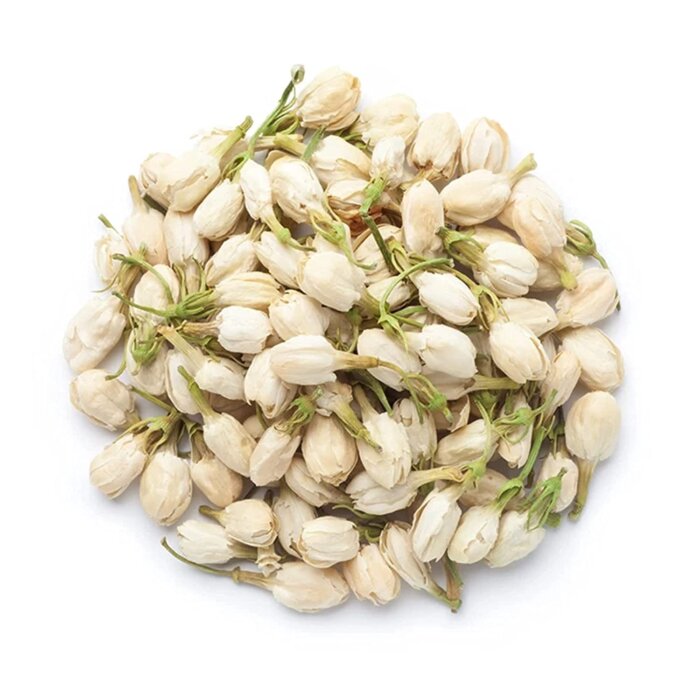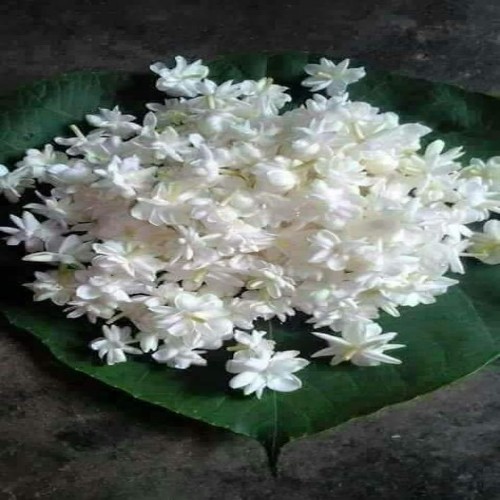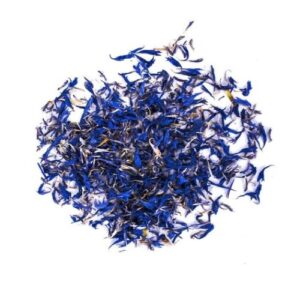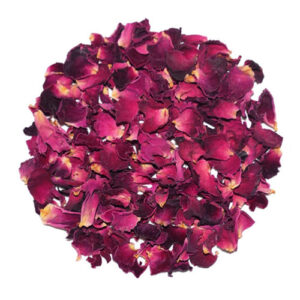Jasmine
Description
Jasmine (taxonomic name: Jasminum; /ˈjæsmɪnəm/, YASS-min-əm[5]) is a genus of shrubs and vines in the olive family (Oleaceae). It contains around 200 species native to tropical and warm temperate regions of Eurasia, Africa, and Oceania. Jasmines are widely cultivated for the characteristic fragrance of their flowers. A number of unrelated plants contain the word “jasmine” in their common names (see Other plants called “jasmine”).
Medicinal Benefit
There is conflicting evidence about the effects of jasmine on mental alertness. Some early research suggests that inhaling fragrance from a small amount of jasmine absolute ether improves mental alertness. However, inhaling a larger amount of fragrance from jasmine absolute ether seems to have a relaxing effect. Other research suggests that jasmine odor does not affect concentration.
Usage
Jasmine has been used for liver disease (hepatitis), pain due to liver scarring (cirrhosis), and abdominal pain due to severe diarrhea (dysentery). It is also used to prevent stroke, to cause relaxation (as a sedative), to heighten sexual desire (as an aphrodisiac), and in cancer treatment. Jasmine is very popular for its exotic, musky, sensual, and zesty aroma. But apart from that, the benefits of Arabian jasmine are also numerous. This mildly fragrant flower works as a natural aphrodisiac. In India, brides are adorned with oodles of this jasmine in their wedding celebrations.
This jasmine has a special mention in Ayurvedic texts. It has been valued as an effective remedy for various health ailments like epilepsy, headaches, nausea, impotence, itches, wounds, ulcers, and eye disorders.







